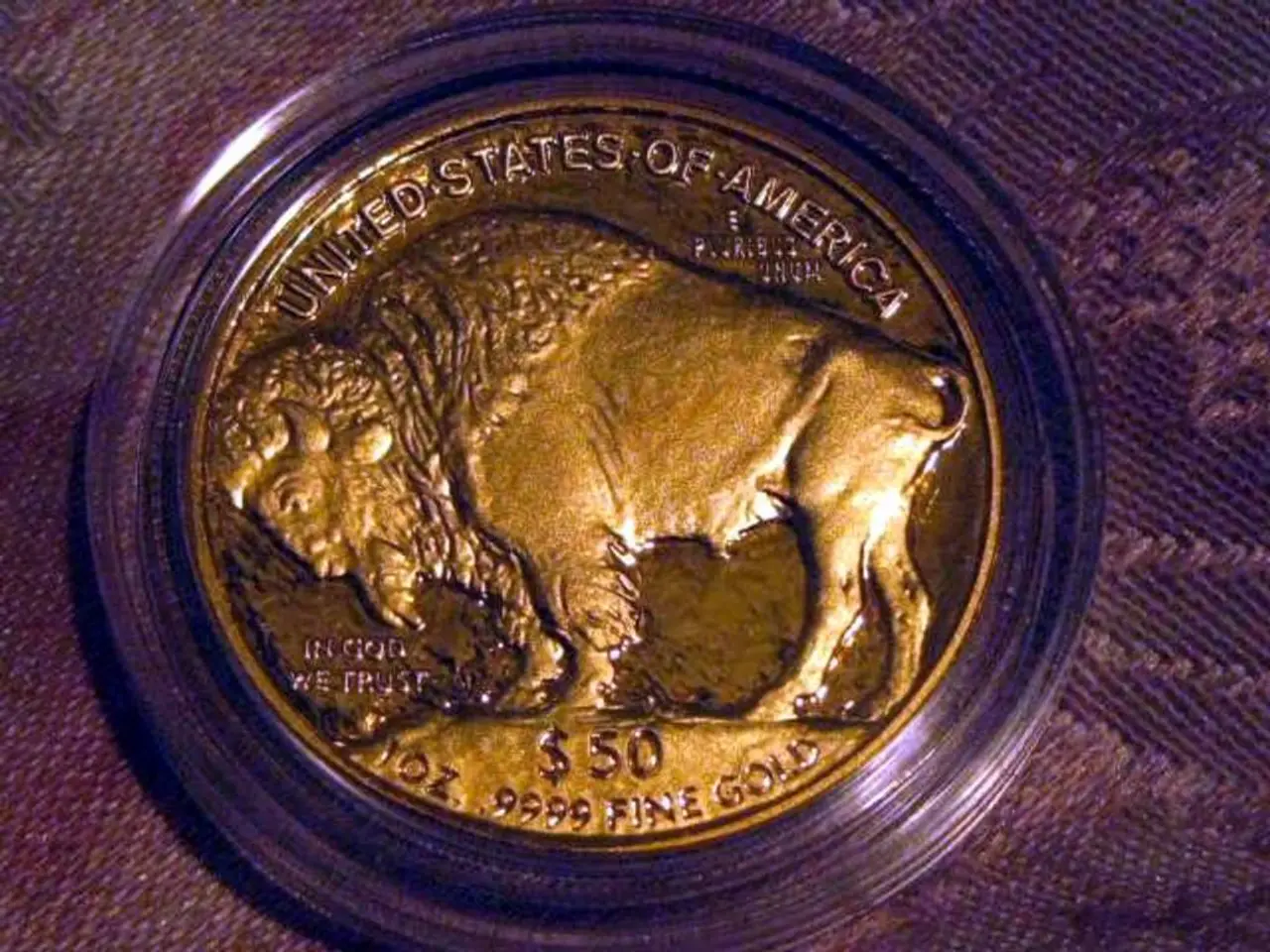Stablecoin USDC issued by Circle currently ranks as the second-largest in terms of market capitalization. Speculations emerge regarding its ability to surpass Tether, the current market leader.
In a significant shift within the digital currency landscape, USDC — the stablecoin issued by New York-based Circle Internet Group — is poised to potentially surpass Tether (USDT) as the most popular stablecoin in the coming years.
The surge in USDC's popularity can be attributed to several key factors.
Regulatory Transparency and Trust
USDC's reserves are held exclusively in cash and cash equivalents with US-domiciled banks, and are subject to frequent, high-cadence transparency reports. This contrasts with Tether's reserves, which include some unorthodox assets like bitcoin and precious metals, and have lower disclosure frequency, causing some US-based financial institutions to hesitate about USDT.
Increasing Institutional Adoption
With the change in the US administration, major financial institutions are increasingly preferring stablecoins like USDC that operate within a regulated framework, thereby boosting USDC's appeal for broad, compliant adoption.
Faster Market Growth and IPO Momentum
USDC's market capitalization grew by 90% over the past year to about $65 billion, and its parent company Circle's successful public debut — noted for a significant IPO pop — have increased credibility and visibility for USDC.
Regulatory Environment Improvements
The passage of new legislation like the Genius Act is opening the door for new entrants in the stablecoin space, which could favor better-regulated stablecoins such as USDC over USDT in the medium term.
Preference for Offshore vs. Domestic Reserves
USDC's reserves being restricted to US cash and equivalents in US banks is more appealing to US institutions compared to Tether's offshore reserve location, bolstering USDC's domestic compliance perception.
Despite Tether's current much larger market cap (~$164 billion vs. USDC’s $65 billion), Tether has faced moments when its dollar peg wavered under market stress, while USDC is viewed as slightly more conservative and institution-friendly. This backdrop suggests USDC's emphasis on transparency, regulatory alignment, and institutional trust could drive its rise relative to USDT as stablecoin adoption expands into more regulated financial and cross-border payment sectors.
However, USDC needs to expand its footprint internationally by lining up foreign partners. Circle's growth might be accelerated by focusing on stablecoins as an innovative new payment option and signing up as many partners as possible. If USDC doubles in size each year and Tether grows at a steady 10% rate, USDC might be able to narrow the $100 billion gap with Tether within the next 24 months.
While Tether has been less forthcoming about showing proof of its reserves compared to Circle, allegations have been made about Tether having "ghost reserves" in the past. Concerns exist that Tether might use its offshore location to evade stricter reporting requirements in the U.S. market. USDC, on the other hand, is perceived as the stablecoin that America uses, while Tether is the stablecoin that the rest of the world uses.
As the stablecoin market continues to grow rapidly, Circle is working with Coinbase to increase USDC usage as a potential payment option at consumer-facing businesses. Despite growing numbers of Circle naysayers, some still believe in the potential for Circle to capture upside from the rapid growth of the stablecoin market.
[1] Circle Blog Post: USDC's Advantage in Transparency, Regulation, and Institutional Trust
[2] CoinDesk Article: USDC's Growth and USDT's Challenges
[3] Bloomberg Article: USDC's Rise and Tether's Challenges
[4] The Block Article: USDC's Potential to Overtake Tether
- The growth of USDC can be linked to its focus on regulatory transparency, which is a key factor that appeals to major financial institutions and boosts USDC's appeal for broad, compliant adoption in the finance sector.
- One of the reasons USDC is poised to potentially surpass Tether is due to the increasing preference among financial institutions for stablecoins like USDC that operate within a regulated framework, especially with the change in the US administration.
- The surge in USDC's popularity is also driven by its emphasis on transparency, as USDC's reserves are held exclusively in cash and cash equivalents with US-domiciled banks and are subject to frequent, high-cadence transparency reports, setting it apart from Tether's reserves.




